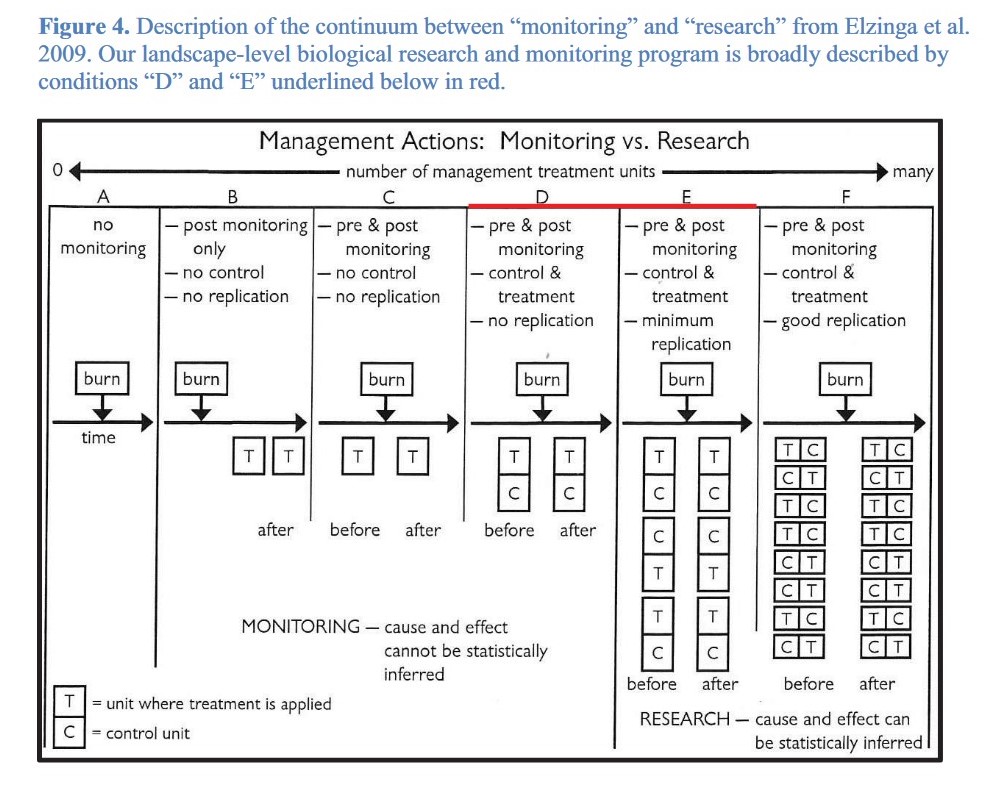“Weather and Fuel as Modulators of #Grassland Fire Behavior in the Northern Great Plains” #rxfire @undbiology @ndctws
 Tuesday, December 20, 2022 at 10:00AM
Tuesday, December 20, 2022 at 10:00AM “Weather and Fuel as Modulators of Grassland Fire Behavior in the Northern Great Plains”
This article was published Dec. 16, 2022, in Environmental Management. Access the article via the permanent web address (DOI). (https://doi.org/10.1007/s00267-022-01767-9)
Abstract
Fuel and weather interact to affect wildland fire behavior, but little is known about associations between these variables in the northern Great Plains of North America. Few studies consider rate of spread or statistically test the influence of fuel and weather.
We measured overall fuel load and moisture ahead of prescribed fires in North Dakota, USA, and used a thermocouple array to measure two-dimensional rate of spread, soil surface temperature, and aboveground flame temperature, to compare with fire weather data.
Flame temperatures averaged 225 °C during spring burns and 250 °C during fall burns, and were generally higher with greater fuel loads and lower overall fuelbed moisture. Surface temperatures averaged ≈100 °C, although 50% of observations were ≤60 °C. Fires spread at an average of 2.5 m min−1, increasing with wind speed. As such, prescribed fire in northern Great Plains working rangeland appear to spread slowly and effect low soil surface temperatures, often limited by high fuelbed moisture. Fire behavior measurements respond differently to variability in fuel and weather. Belowground heating is likely minimal.
We suggest ecologists ought to consider which fire behavior measurements best relate to fire effects, and managers consider weather and ignition pattern mitigations when fuels constrain desired fire behavior to ensure effective burns.
Citation
McGranahan, Devan Allen, Megan E. Zopfi, and Kathryn A. Yurkonis. "Weather and Fuel as Modulators of Grassland Fire Behavior in the Northern Great Plains." Environmental Management (2022): 1-10.


